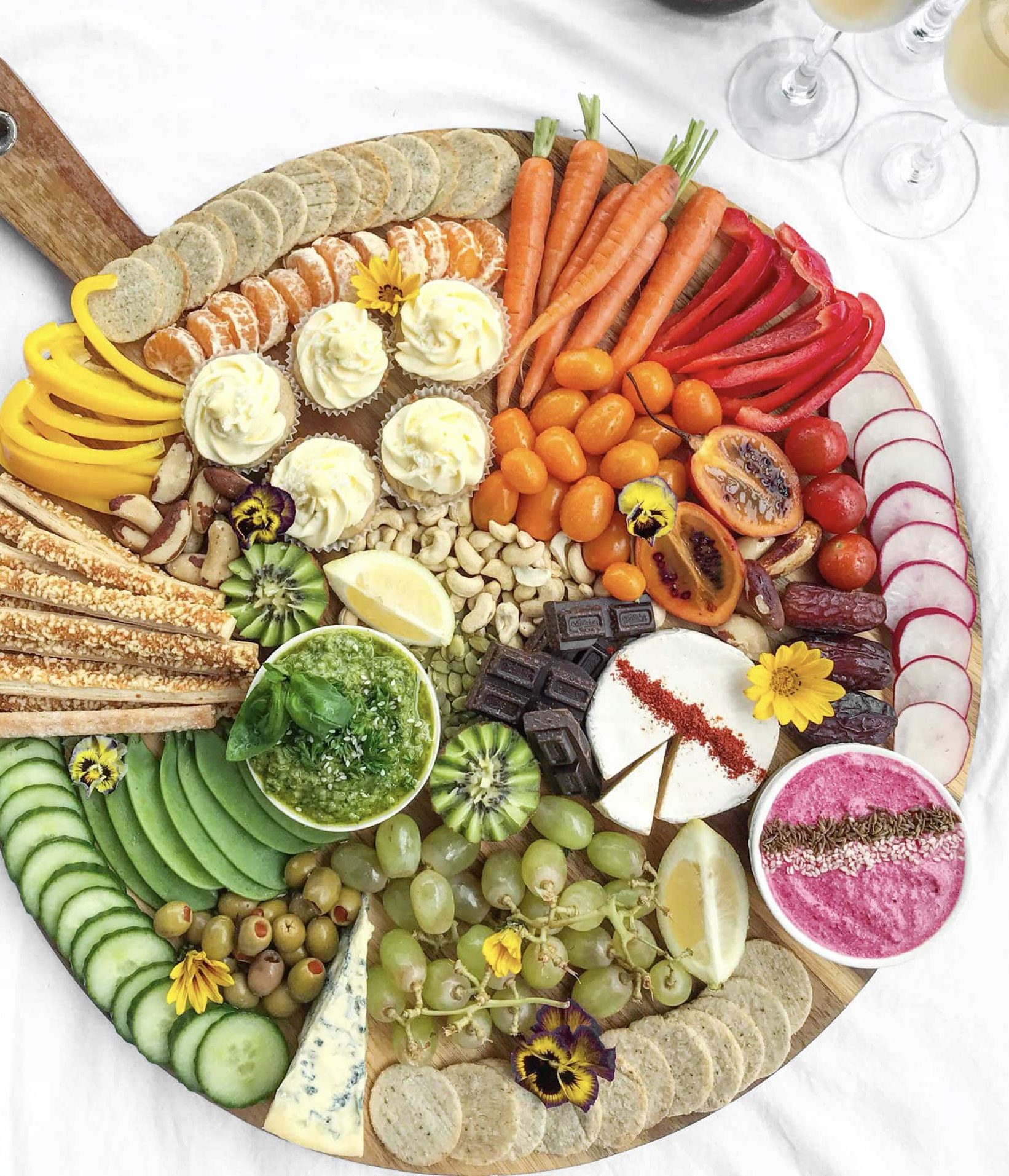The Rise of Food Platters in Urban Tanzania
In Dar es Salaam, food platters—locally referred to as visinia—have become a staple in the city’s urban food culture. These platters are commonly found at restaurants, family gatherings, and social events, celebrated for their vibrant presentation, variety, and ability to bring people together. However, while they are a popular choice among diners, health experts are raising concerns about their impact on public health.
Nutritionist Jumanne Mushi explains that a well-balanced platter can offer nutritional value, but many options available in restaurants prioritize visual appeal and flavor over health. “A healthy platter should contain a quality protein source, vegetables or salads, and whole grains like brown rice or roasted plantains,” he says. Unfortunately, he adds, many platters served in restaurants are simply variations of fried items such as fries, fried chicken, and sausages. This is not variety—it’s excess oil on one plate.
The continued popularity of these calorie-dense platters, especially among young people with sedentary lifestyles, could lead to an increase in obesity, hypertension, and type 2 diabetes. Health agencies have long expressed concern over the rising prevalence of lifestyle-related conditions, which are often linked to poor diet and lack of physical activity.
Portion Sizes and Eating Habits
Nutrition expert Emmanuel James highlights another critical issue: portion size. While platters are typically designed for sharing, they are increasingly being consumed by individuals as full meals. “In one sitting, a person might consume two to three times the recommended daily calorie intake. It’s not just what you eat, but how much,” he says.
James emphasizes that the solution lies in making better choices rather than avoiding platters altogether. “Food platters themselves are not inherently unhealthy. The key is to opt for grilled or steamed items, add vegetables, and share meals when possible,” he advises.
General practitioner Dr. Magnus Msango echoes this advice, noting that even nutritious foods can become problematic when eaten in excess. “Portion control is critical. If you’re forcing yourself to finish everything on the plate, you’re putting unnecessary strain on your digestive system. You can always save the rest for later,” he says.
Dr. Msango also warns that frequent consumption of deep-fried platters can lead to long-term health risks. “Regular intake of fried foods is linked to a higher risk of type 2 diabetes, heart disease, and obesity. It’s important to be mindful of how often you eat these platters and how much you consume,” he cautions.
Personal Choices and Responsibility
For Aidah Ally, a customer who enjoys eating platters, moderation and balance are essential. “I always think in thirds—one third protein, one third vegetables, and one third healthy carbohydrates. But most platters today are 80 percent fried food,” she says.
Meanwhile, a platter vendor based in Makumbusho, who requested anonymity, acknowledges that while their menus indicate platters are designed for multiple people, customers often choose to eat them alone. “You can’t deny a customer what they want. We just prepare the food, and we’re careful to ensure it’s safe and hygienic. But in the end, people have to take responsibility for their choices,” she says.
Public Health Concerns
This trend comes amid growing public health concerns. Studies indicate that 67.2 percent of Dar es Salaam residents are overweight. A 2020 study conducted by the Jakaya Kikwete Cardiac Institute (JKCI) found that individuals who frequently consumed food outside their homes, particularly from restaurants, were more likely to be overweight than those who brought meals from home.
Dr. Pedro Pallangyo, Head of the Research and Training Department at the JKCI, has noted that Dar es Salaam residents do not face issues with food scarcity but rather a lack of discipline around meal times. This suggests that while food is readily available, the way it is consumed is a significant factor in the rise of lifestyle diseases.
As the popularity of food platters continues to grow, the challenge lies in promoting healthier choices without compromising the cultural and social significance of these meals. With awareness and education, it may be possible to enjoy platters in a way that supports both taste and long-term health.










